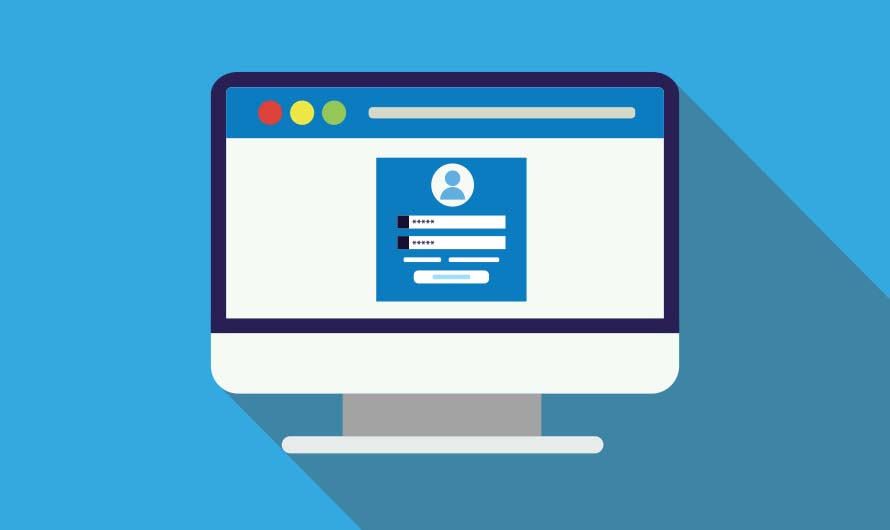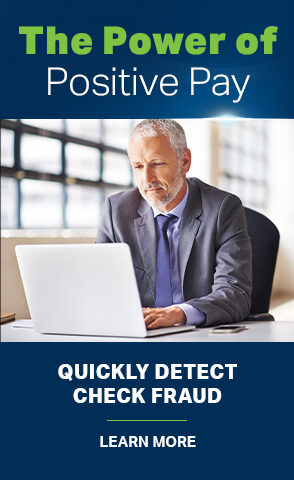- Make sure your password is long and strong. That means at least 12 characters. Making a password longer is generally the easiest way to make it stronger. Consider using a passphrase of random words so that your password is more memorable, but avoid using common words or phrases. If the service you are using does not allow long passwords, you can make your password stronger by mixing uppercase and lowercase letters, numbers, and symbols.
- Don’t reuse passwords you’ve used on other accounts. Use different passwords for different accounts. That way, if a hacker gets your password for one account, they can’t use it to get into your other accounts.
- Use multi-factor authentication when it’s an option. Some accounts offer extra security by requiring something in addition to a password to log in to your account. This is called multi-factor authentication. The “something extra” you need to log in to your account fall into two categories:
- Something you have — like a passcode you get via an authentication app or a security key.
- Something you are — like a scan of your fingerprint, your retina, or your face.
- Consider a password manager. Most people have trouble keeping track of all of their passwords. The longer and more complicated a password is, the stronger it is, but a longer password can also be more difficult to remember. Consider storing your passwords and security questions in a reputable password manager. To find a reputable password manager, search independent review sites, and talk to friends and family for ones that they use. Make sure to use a strong password to secure the information in your password manager.
- Pick security questions only you know the answer to. If a site asks you to answer security questions, avoid providing answers that are available in public records or easily found online, like your zip code, birthplace, or your mother’s maiden name. And don’t use questions with a limited number of responses that attackers can easily guess — like the color of your first car. You can even use nonsense answers to make guessing more difficult — but if you do, make sure you can remember what you use.
- Change passwords quickly if there’s a breach. If a company tells you there was a data breach where a hacker could have gotten your password, change the password you use with that company right away, and on any account that uses a similar password.
Password Checklist

Passwords are the locks on your account doors. You keep lots of personal information in your online accounts, including your email, bank account, and your tax returns, so you want good protections in place. Here’s a checklist to make sure your passwords are secure.
How To Keep Your Password Secure






